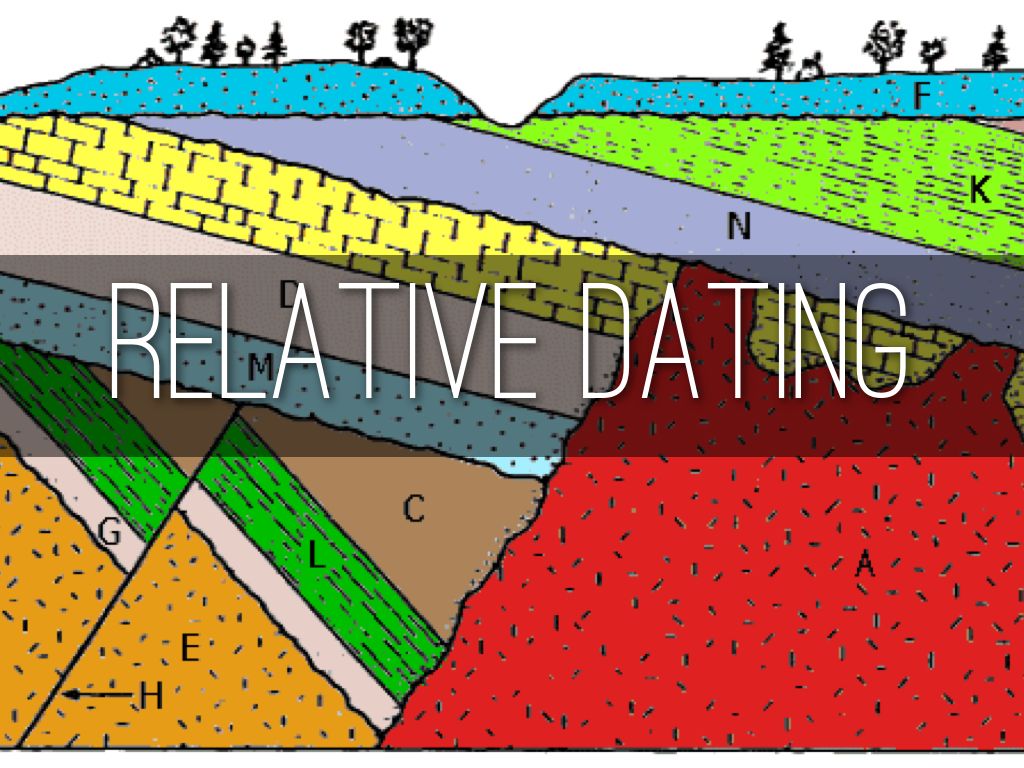5 Principles for Relative Dating in Geology: Answer Key

Understanding Relative Dating in Geology

The Earth’s history is a saga of time and transformation, with layers upon layers of rock and sediment telling stories of epochs long past. Relative dating in geology is a method to determine the relative order of past events without necessarily determining their absolute age. This article will guide you through the five fundamental principles that form the bedrock of relative dating techniques in geological studies.
1. The Principle of Superposition


The principle of superposition, one of the most intuitive principles of relative dating, states that in an undisturbed sedimentary sequence, the oldest rocks are at the bottom, while younger layers are positioned above them. Here’s how it works:
- In most environments, sediment particles settle from above, with heavier particles settling first.
- As time passes, newer sediment layers are laid down on top of older ones.
- This pattern allows geologists to deduce the relative ages of rock layers by their position in a sequence.
2. The Principle of Original Horizontality

When sedimentary rocks are first formed, they tend to be deposited in horizontal layers. Any deviations from this pattern indicate that the layers have been disturbed by later geological events. Here are the key points:
- Sediments are initially laid down horizontally because they settle under gravity.
- Any tilting, folding, or faulting suggests post-depositional tectonic activity.
- This principle helps identify original depositional environments and subsequent geological events.
3. The Principle of Lateral Continuity

This principle suggests that layers of sediment initially extend laterally in all directions until they taper or pinch out, or are cut off by a change in conditions. Here’s how to apply this:
- Geologists can map the extent of sedimentary layers to understand the original depositional basin.
- Disruptions in the continuity can indicate geological processes like erosion or uplift.
- It’s useful in correlating layers across large areas.
4. The Principle of Cross-Cutting Relationships

If a feature, like a fault or an igneous intrusion, cuts through existing rock layers, the feature must be younger than the material it cuts. Here are the details:
- This principle is crucial for deciphering the sequence of geological events.
- It helps in identifying the relative ages of intrusive igneous rocks and faults.
- It can also indicate when different geological events occurred relative to each other.
5. The Principle of Inclusions and Components

| Component | Description |
|---|---|
| Inclusions | Pieces of one rock unit contained within another. |
| Components | Fragments or materials from one rock type found in another. |

The principle states that any inclusions or fragments of rock within another must be older than the rock containing them. Here’s a breakdown:
- Xenoliths, which are chunks of surrounding rock in an igneous intrusion, are older than the intrusion.
- Components or fragments in sedimentary rock indicate the eroded source was pre-existing.
🌍 Note: These principles are foundational, but real geological environments can exhibit complex histories, requiring geologists to use additional methods for a complete understanding.
The science of relative dating provides geologists with a robust framework to unravel the Earth's complex geological tapestry. By applying these five principles, we can piece together the relative timing of past geological events, gaining insights into our planet's dynamic history. Understanding these basics not only helps in interpreting the past but also in predicting future geological changes. Through diligent observation and application of these principles, geologists continue to shed light on the vast timelines of Earth's past, ensuring we understand our place in the grand story of this planet.
Why is relative dating important in geology?

+
Relative dating helps geologists establish the sequence of events in Earth’s history, offering insights into past environments, climatic changes, and geological processes.
Can relative dating provide the exact age of rocks?

+
No, relative dating does not determine the absolute age. It gives us the order of events but not their specific age in years.
What are some limitations of relative dating?

+
Relative dating can be disrupted by tectonic activity, erosion, or human activities. Also, areas with only igneous or metamorphic rocks present challenges, as they lack the layering typical of sedimentary environments.



